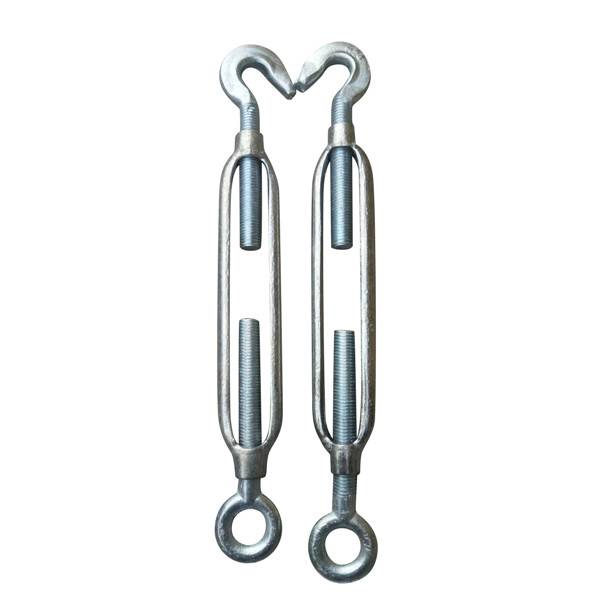Introduction
When it comes to material handling, safety and efficiency are paramount. Whether you’re working in a warehouse, construction site, or any other industry that deals with heavy loads, using the right equipment is crucial. Soft webbing slings have emerged as a game-changer in the world of material handling. These versatile tools offer a host of benefits, from increased safety to improved efficiency. In this article, we will delve into the secret behind their success and explore why soft webbing slings are a must-have for any organization looking to enhance its material handling operations.
What are Soft Webbing Slings?
Soft webbing slings, also known as textile slings, are specialized lifting accessories made from high-strength polyester webbing. They are designed to safely and efficiently lift and move heavy loads. Soft webbing slings consist of a continuous strip of woven fabric that forms a loop with reinforced stitching at the ends. This loop creates a versatile lifting tool that can be easily attached to a crane, hoist, or other lifting devices.
Superior Strength and Durability
Soft webbing slings are engineered to withstand heavy loads while maintaining their integrity. The use of high-quality polyester webbing ensures exceptional strength and durability. Unlike traditional wire rope slings or chains, soft webbing slings are lightweight, making them easier to handle and transport. Additionally, the soft and flexible nature of the material allows for better load distribution, reducing the risk of damage to the load being lifted.
Enhanced Safety Features
Safety should always be the top priority in any material handling operation. Soft webbing slings offer several features that contribute to a safer working environment. Firstly, the smooth surface of the webbing minimizes the risk of abrasion and damage to delicate loads. Moreover, the soft texture of the slings prevents them from scratching or causing any harm to the surrounding surfaces.
Soft webbing slings are also designed to be non-conductive, making them suitable for use in electrical environments where metal slings would pose a safety hazard. Additionally, the brightly colored webbing enhances visibility, allowing operators to easily identify any potential hazards and ensure proper sling positioning.
Versatility in Application
One of the key advantages of soft webbing slings is their versatility. They can be used in a wide range of applications across various industries. From manufacturing and construction to shipping and logistics, soft webbing slings offer a reliable and efficient solution for lifting and moving heavy objects.
Soft webbing slings come in different configurations, such as endless slings, flat slings, and round slings, each suited for specific lifting tasks. Their adaptability makes them an ideal choice for lifting irregularly shaped loads, as the flexibility of the webbing allows it to conform to the contours of the object being lifted.
Easy Maintenance and Inspection
Maintaining lifting equipment is crucial for ensuring safe and efficient operations. Soft webbing slings are relatively easy to maintain compared to other types of lifting slings. Cleaning the slings with mild detergent and inspecting them regularly for any signs of wear or damage is usually sufficient to keep them in good condition.
During inspections, operators should look for frayed or damaged webbing, loose stitching, or any other signs of wear that might compromise the sling’s strength. It is important to promptly remove any damaged slings from service and replace them to avoid accidents or injuries.
Compliance with Industry Standards
Soft webbing slings are subject to rigorous testing and must comply with industry standards to ensure their safety and reliability. These standards define the minimum requirements for factors such as load capacity, elongation, and resistance to abrasion.
It is crucial for organizations to purchase soft webbing slings from reputable manufacturers that adhere to these standards. Choosing certified slings provides assurance that the equipment has undergone rigorous testing and meets the necessary safety requirements.
Training and Education
While soft webbing slings are designed to enhance safety and efficiency, it is essential for operators and personnel to receive proper training and education on their usage. Training programs should cover topics such as selecting the appropriate sling for different loads, proper attachment techniques, load calculations, and safe lifting practices.
Operators should be trained on how to inspect soft webbing slings for wear and damage, as well as how to store and maintain them correctly. Education on safe working load limits and the importance of following industry standards and guidelines should also be emphasized. By providing comprehensive training, organizations can ensure that their personnel have the knowledge and skills to handle soft webbing slings safely and efficiently.
Considerations for Specific Industries
Different industries have unique requirements when it comes to material handling. Soft webbing slings can be tailored to meet specific industry needs. For example, in the food industry, slings made from food-grade materials may be necessary to maintain hygiene standards. In industries dealing with corrosive substances, slings with chemical-resistant properties can be used.
Understanding the specific demands of your industry and working with manufacturers who can provide customized solutions will further enhance the safety and efficiency of your material handling processes.
Conclusion
In the world of material handling, the secret to safe and efficient operations lies in utilizing the right equipment. Soft webbing slings have proven to be a game-changer, offering a combination of strength, durability, versatility, and safety features that make them an indispensable tool in various industries.







